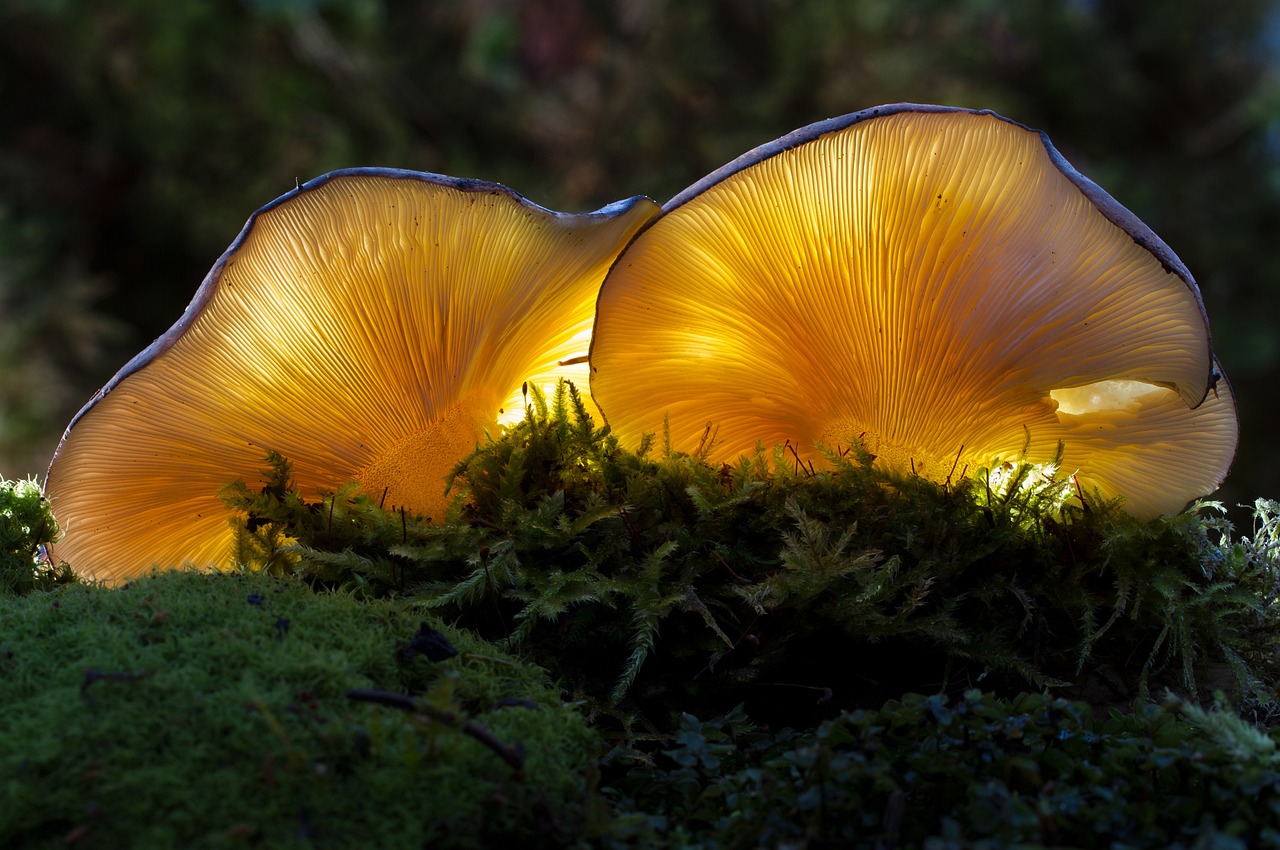Are you looking for a delicious and nutritious meal that’s easy to make yet full of flavor? Look no further than the Pink Oyster Mushroom! These fungi are packed with protein and vitamins and are visually stunning — their pinkish hue makes them stand out from the crowd. In this blog post, we’ll take an in-depth look at what makes the Pink Oyster Mushroom so unique — including its health benefits, nutritional facts, and more. Read on to discover why this mushroom deserves a spot on your shopping list!
What Do Pink Oyster Mushrooms Look Like?
Pink Oyster Mushrooms are usually round and fan-shaped, with a light pink color. They can range from small to medium, averaging about 2-5 inches in diameter. The cap’s texture is soft and slightly velvety – making them the perfect ingredient for soups or stir-fry dishes!
What Do Pink Oyster Mushrooms Taste Like?
Pink Oyster Mushrooms have a mild and slightly sweet flavor. The soft but meaty texture makes them an excellent substitute for seared steak or other vegan dishes. They also pair well with many different herbs and spices, such as garlic, ginger, thyme, and oregano – so feel free to get creative in the kitchen!
Where and When Do Pink Oyster Mushrooms Grow?
Pink Oyster Mushrooms are typically found in the wild, though some varieties can be cultivated commercially. They grow on dead or decaying wood in temperate areas in winter and spring.
Nutritional Facts About Pink Oyster Mushroom
Pink Oyster Mushrooms are a great source of protein, fiber, vitamins and minerals such as Vitamin D, B1 and B2. One cup of Pink Oyster Mushroom contains only 35 calories, making it a great addition to any healthy diet.
How to Use Pink Oyster Mushrooms
Pink Oyster Mushrooms can be used in many different dishes — from soups and stir-fries to risottos and casseroles. They are also great for grilling, sautéing and baking! Pink Oyster Mushrooms are incredibly versatile and can easily be added to your favorite recipes to boost flavor.
Benefits of Pink Oyster Mushroom
Besides their delicious taste, Pink Oyster Mushrooms contain nutrients and antioxidants. They have been known to help boost the immune system, reduce inflammation and improve heart health. Pink Oyster Mushrooms can also be added to vegetarian dishes for an extra protein kick!
How To Grow Pink Oyster Mushrooms Yourself
You can try growing Pink Oyster Mushrooms yourself if you’re feeling adventurous. All you need is some hardwood logs, and Pink Oyster Mushroom spawn – both of which can be ordered online. Once everything is set up, place the records in shady and moist areas and wait for the Pink Oyster Mushrooms to sprout!
Pink Oyster Mushrooms are incredibly versatile and delicious fungi, perfect for adding flavor and nutrition to your meals. Whether you’re a vegan looking for an extra protein boost or just someone who loves the taste of mushrooms, Pink Oyster Mushrooms are a must-try! So why give them a try today?
Pink Oyster Mushroom Substrate
If you’re looking for an easy way to grow Pink Oyster Mushrooms, purchasing a Pink Oyster Mushroom substrate may be the best option. A Pink Oyster Mushroom substrate is a specially formulated blend of sawdust, paper pulp and other organic materials designed to provide Pink Oyster Mushroom mycelium with the perfect environment for growth. Pink Oyster Mushroom substrates are widely available online, making it easy to get started with Pink Oyster Mushroom cultivation.
Pink Oyster Mushroom Colonization
When Pink Oyster Mushroom mycelium is provided with the right environment, it will colonize the substrate. Pink Oyster Mushroom colonization is often visible within a few days after inoculating the substrate, and you can expect Pink Oyster Mushrooms to start fruiting within a few weeks. Pink Oyster Mushroom colonization can be monitored by inspecting the substrate for white strands of mycelium or ‘veils’ on the surface of the substrate.
Pink Oyster Mushroom Fruiting
Once Pink Oyster Mushroom mycelium has colonized a substrate, Pink Oyster Mushrooms will start to form. Pink Oyster Mushrooms typically form clusters and can be harvested within a few weeks after colonization. Pink Oyster Mushrooms typically have a fruiting period of two to four weeks, depending on the environmental conditions. During this time, Pink Oyster Mushrooms can be harvested multiple times for an extended harvest period.
Harvesting Pink Oyster Mushrooms
Once Pink Oyster Mushrooms start forming, they can be easily harvested by simply twisting the mushrooms off their stems. Pink Oyster Mushrooms should be harvested as soon as they are ready, as Pink Oyster Mushrooms that are left on the substrate for too long may become challenging to eat. Pink Oyster Mushrooms can be eaten fresh or cooked, depending on your preference.
How Long It Takes To Grow Pink Oyster Mushrooms
The amount of time it takes Pink Oyster Mushrooms to grow can vary greatly depending on the environmental conditions. In ideal conditions, Pink Oyster Mushrooms can form within a few weeks after injection. Pink Oyster Mushrooms usually have a fruiting period of two to four weeks and can be harvested multiple times for an extended harvest period.
How To Clean and Store Pink Oyster Mushrooms
Once Pink Oyster Mushrooms have been harvested, they should be cleaned and stored correctly to ensure optimal freshness. Pink Oyster Mushrooms should be cleaned with a damp cloth and then stored in an airtight container in the refrigerator for up to a week. Pink Oyster Mushrooms can also be frozen for up to three months.
Conclusion
Pink Oyster Mushrooms are a nutritious and delicious addition to any meal. They’re easy to prepare, flavorful, and packed with essential vitamins and minerals. Pink Oyster Mushrooms make an excellent meat substitute for vegan dishes or can be used as a side dish to complement any meal. So if you’re looking for a flavorful and nutritious mushroom, Pink Oyster Mushrooms are perfect! Enjoy!

